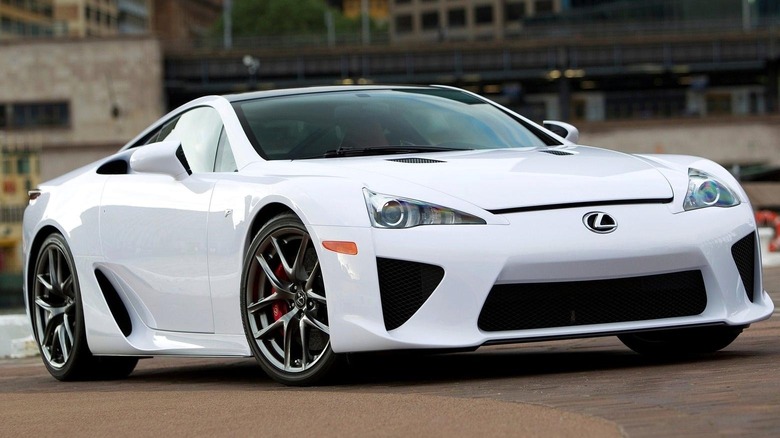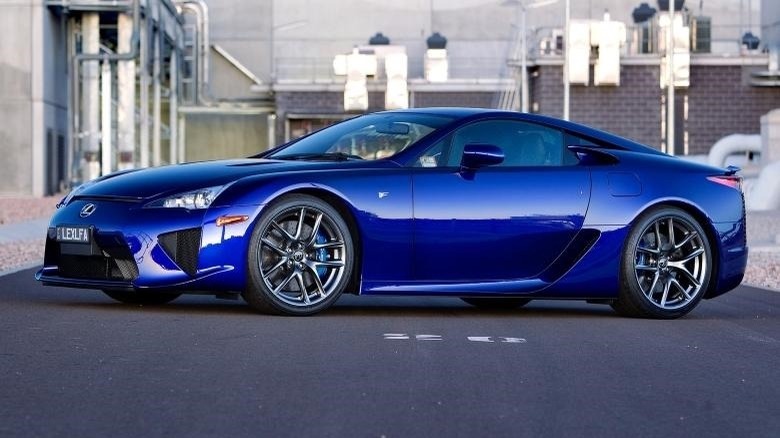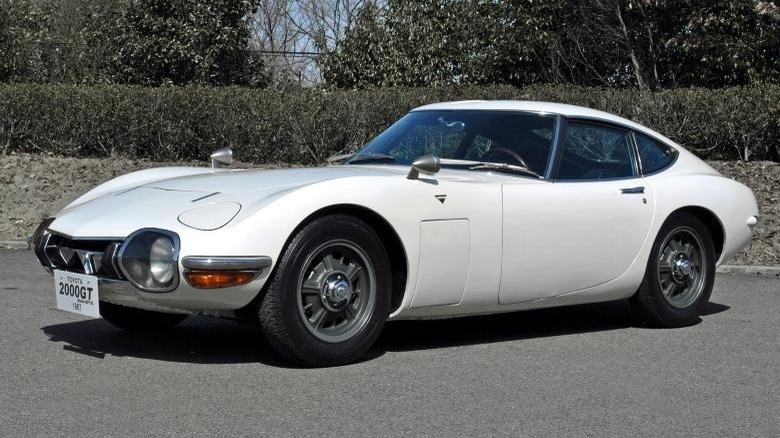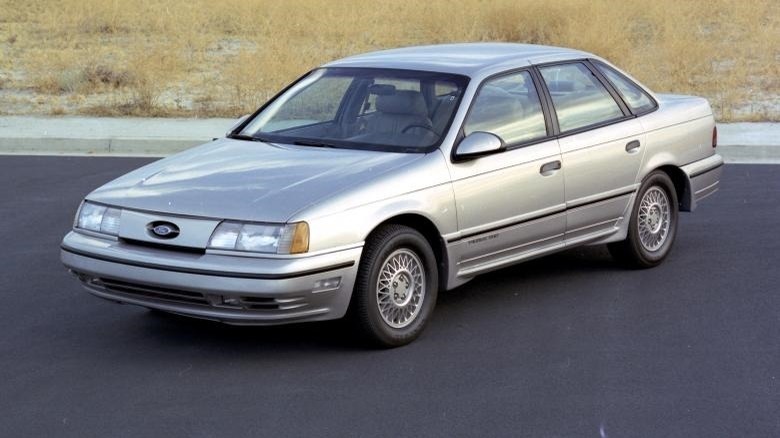4 Cars Powered By Yamaha-Engineered Engines
You might associate Yamaha more with its reliable motorcycles than its automotive work, but its expertise actually stretches well beyond two-wheelers. Yamaha first ventured into the car and engine world back in 1959 when it opened a dedicated research and development facility for sports car development, and even managed to build a prototype called YX30 before the center closed in 1962.
Yamaha later joined forces with Nissan on a second sports car prototype, but the latter eventually cancelled that project, opting to work on the Nissan Silvia coupe instead. Yamaha then pitched its sports car design to Toyota, and this collaboration led to the creation of one of the most iconic and influential Japanese sports cars of all times – the legendary Toyota 2000GT.
Ever since, Yamaha has been intimately involved in the development of some exceptional engines, from classic high-revving inline-4s to buttery-smooth six-cylinders, cutting-edge V10, and electric powertrains. Here are four of the very best cars powered by Yahama-engineered engines.
Lexus LFA
The LFA is one of the fastest Lexus cars ever, and that's in part thanks to its extraordinary engine. Codenamed the 1LR-GUE, the naturally aspirated 4.8-liter V10 was co-developed by Yamaha Motor and makes an ECE-certified 552 hp and 354 lb-ft of torque. Acceleration from 0-60 mph takes a respectable 3.6 seconds, while top speed in appropriate conditions is an astounding 202 mph. Impressive as they are, the LFA's performance specs are only half the story.
The V10 is also a technological tour de force, featuring everything from a dual VVT-i system to dual fuel injection, a dry sump lubrication system, and individual throttle bodies. It has a 72-degree angle between the cylinder banks to help improve balance. Engineers used a combination of magnesium alloy cylinder heads, forged aluminum pistons, and forged titanium connecting rods to minimize weight –- making the engine as light as a traditional V6.
Yamaha Corporation played their part, too, leveraging their musical expertise to harmonically optimize the air intake to deliver a pleasant acoustic character that nicely complements the engine's balance and strong performance.
Toyota 2000GT
The 2000GT was a real game-changer –- it established Japan as a serious player in the world of sports car engineering, and Yamaha deserves a lot of credit for helping to develop the car's well-liked powertrain. This wasn't a completely new engine design, though, as it was actually borrowed from the humble Toyota Crown sedan.
Yamaha was tasked with designing a revised cylinder head to replace the Crown's old-school single overhead cam (SOHC) setup, and the result was a DOHC (dual overhead camshaft) layout with two valves per cylinder.
As for output, the 2.0-liter straight-six under the 2000GT's long hood churned out a respectable 150 hp and 130 lb-ft of torque. While those figures may not seem all that impressive by today's standards, back when the 2000GT first arrived on the scene, they were considered pretty good numbers. Only 337 units of the sports car were ever handcrafted at Toyota's Motomachi plant, with just 115 earmarked for overseas markets beyond Japan.
Ford Taurus SHO
In its 30 years of existence, the Ford Taurus SHO has seen four spectacular generations come and go. But for most gearheads, the first generation SHO is tough to beat. Its 3.0-liter V6 guaranteed the ultimate in performance in its day, as it delivered heart-pulsing 220 hp and could rev all the way to 7,300 rpm. To give an idea of its magnitude, the V6's output is a mere 30 hp shy of the Chevy C4 Corvette V8's.
Ford owes this success to Yamaha, which built and equipped the engine with a wide array of advanced tech, including aluminum heads and a variable resonance intake system that could change its shape to enable the powertrain to optimize its power output and torque curve across a wider range of rpm.
The second-generation Taurus SHO retained the Yamaha-engineered 3.0-liter V6 engine, but Ford also offered a 3.2-liter option for automatic-equipped SHOs. The 3.2-liter version puts out the same 220 hp but made 15 extra pounds of torque over the 3.0-liter's 200. For its third generation, the Taurus SHO employed a new V8 engine built on a Cosworth block. Ford still got help from Yamaha on the V8, but the Japanese company's involvement was limited to the cylinder heads.
Volvo XC90 V8
What began as a U.S.-Japan partnership took an expected twist, leading both Ford and Yamaha to Sweden. After it acquired Volvo in 1999, Ford saw the XC90 as its halo vehicle to match the BMW X5 and Mercedes ML's appeal in the North American market. To compete with the muscular V8 variants of these SUVs, Ford again tapped Yamaha to lend a hand. That collaboration birthed Volvo's first V8 engine, the B8444S.
Built by Yamaha at its engine production facility in Japan, the 4.4-liter aluminum DOHC V8 engine featured in the Volvo XC90 for the first time in 2005, dispensing 311 hp and 325 lb-ft of torque. That's 76 extra hp and 95 lb-ft more torque than the third-gen Taurus SHO 3.4-liter V8's output. One year later, the 4.4-liter V8 found its way into the fully redesigned 2006 Volvo S80 sedan, where it made the same amount of output. A twin-turbo version of the engine was later adopted for the 2010 Noble M600.




